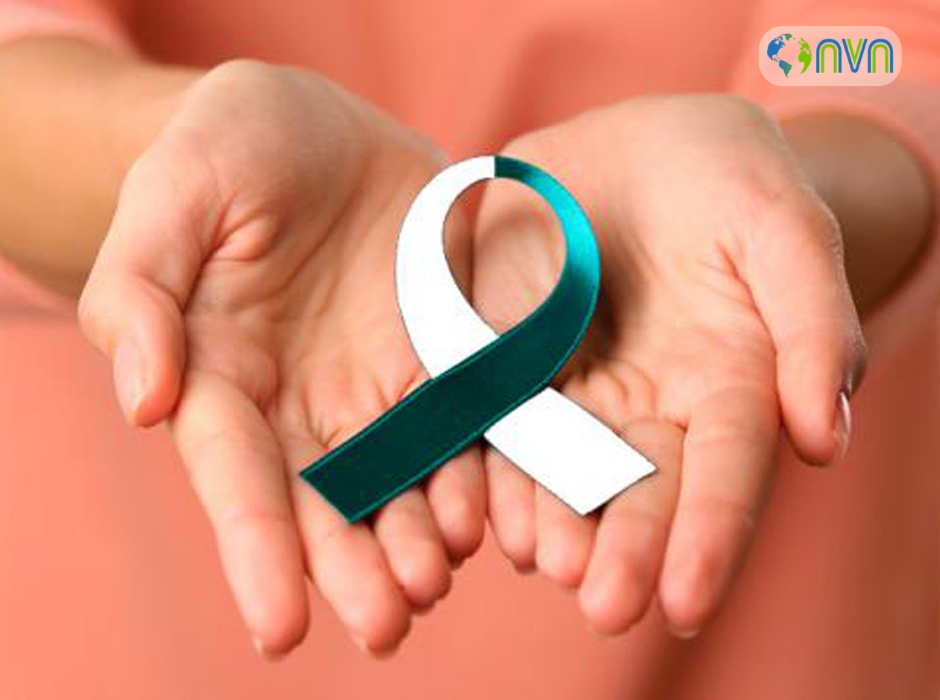Medical & Pharma
Human Papilloma Virus And Cervical Cancer

Cervical cancer is the second most common cancer in women in India. Cervix is nothing but the mouth of the uterus or the womb. Around 20% of total cancers in women in India are Cervical cancer.
The WHO estimated 5,30,000 new cases of cervical cancer globally (estimates for 2012), with approximately 2,70,000 deaths, representing 7.5% of all female cancer deaths. That is why there is a need to worry and take some preventive actions.
We do not find the cause in most cancers. So, the approach is only targeted at treating the disease and not in prevention. But this is not the case in cervical cancer. Human Papilloma Virus (HPV) is identified as the causative factor in more than 90% of cases of cervical cancer. It is usually sexually transmitted. WHO terms cervical cancer as a sexually transmitted preventable disease.
More than 100 types of Human Papilloma Virus have been identified. Those with cancer-causing potential (High-risk types) are linked with the majority of cervical, vulval, vaginal, anal, and oropharyngeal cancers. They are generally acquired through sexual contact. About 15 high-risk types have been identified.
HPV 16, 18 types are implicated in 70% of cervical cancer.
Sexually active women exposed to HPV infection clear the virus in 90% of the cases within 2 years probably by virtue of their own immune mechanisms. It means the majority of the infected women do not develop cervical cancer. But only a small proportion of persistent infection by a high-risk HPV leads to the development of precancerous conditions which may progress eventually to cervical cancer. There are certain other risk factors associated with cancer development like tobacco use, early sexual activity, early age at pregnancy, multiparity, having other sexually transmitted infections, immunocompromised conditions, etc.
Prevention started with regular screening with Pap smears, which is a small procedure wherein a sample is taken by the doctor from the woman s cervix for testing. This may cause discomfort in some but usually gets done quickly in the majority without any pain or discomfort. This provides valuable protection for women against cervical cancer by early detection and subsequent treatment of HPV-related changes/precancerous conditions which in turn will prevent cervical cancer in the long run. Every sexually active woman should start screening by the age of 21 to 25 years and continue screening every 3 years once till 65 years of age.
But, the development of the HPV vaccine has further improved the opportunities to effectively combat this disease. The best time for vaccination is prior to sexual activity.
Vaccination can be started as early as 9years, with catch-up vaccination till 26 years age. Sexually active women also may get vaccinated as it may still provide some protection and it is globally approved for usage till 45 years of age. Cervarix and Gardasil are the two currently available vaccines in India which is administered either as a 2 or 3 dose schedule depending on the age. Many studies have shown strong evidence of the efficacy of these vaccines.
We should all join hands as individuals and as a nation and be a part of a global campaign against cervical cancer by promoting regular screening and vaccination programs. The government should strategize and work towards the implementation of a national vaccination policy against cervical cancer.
































